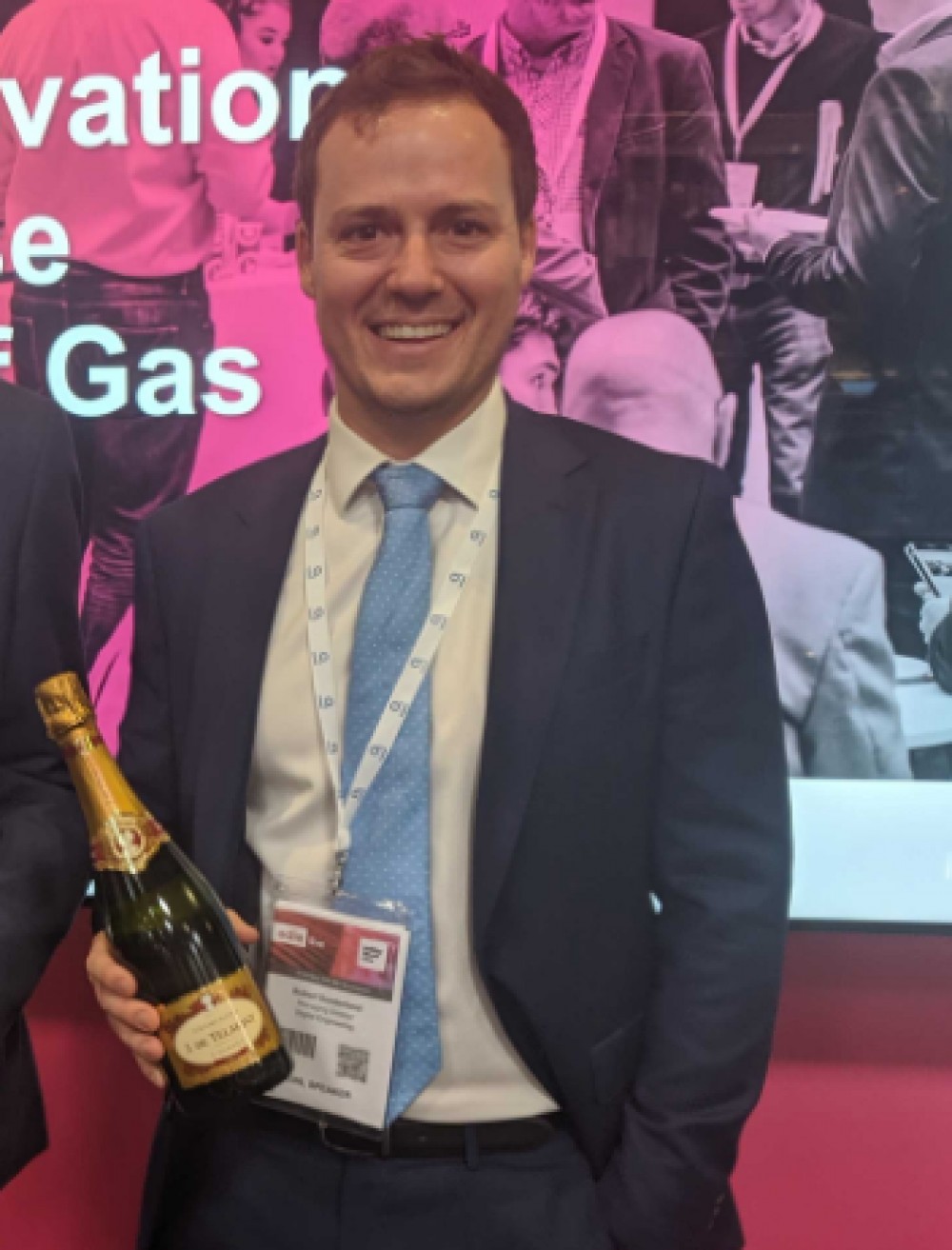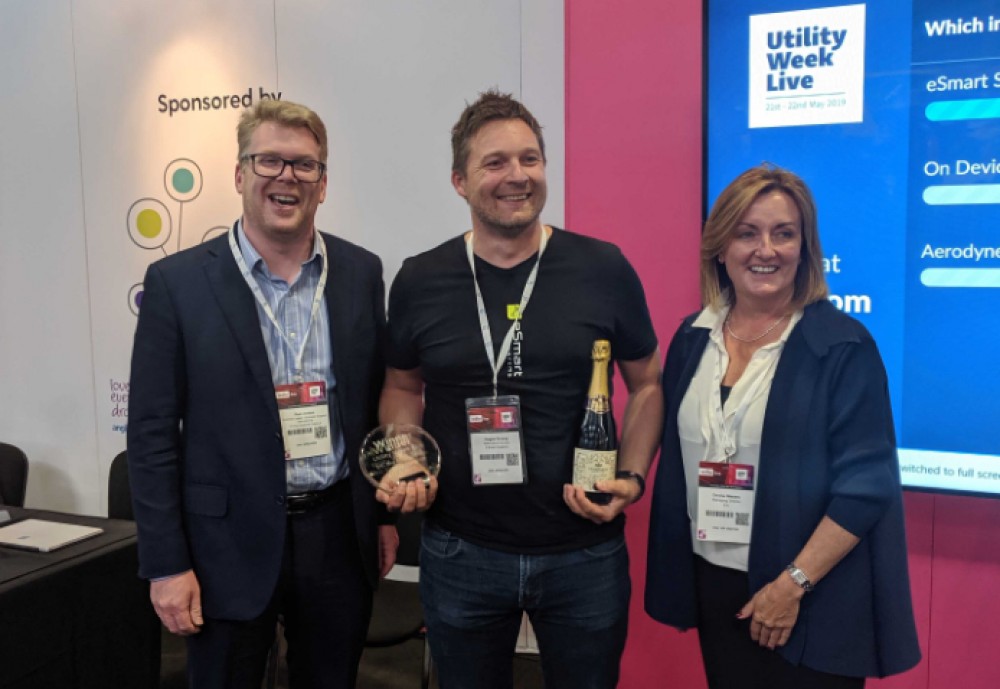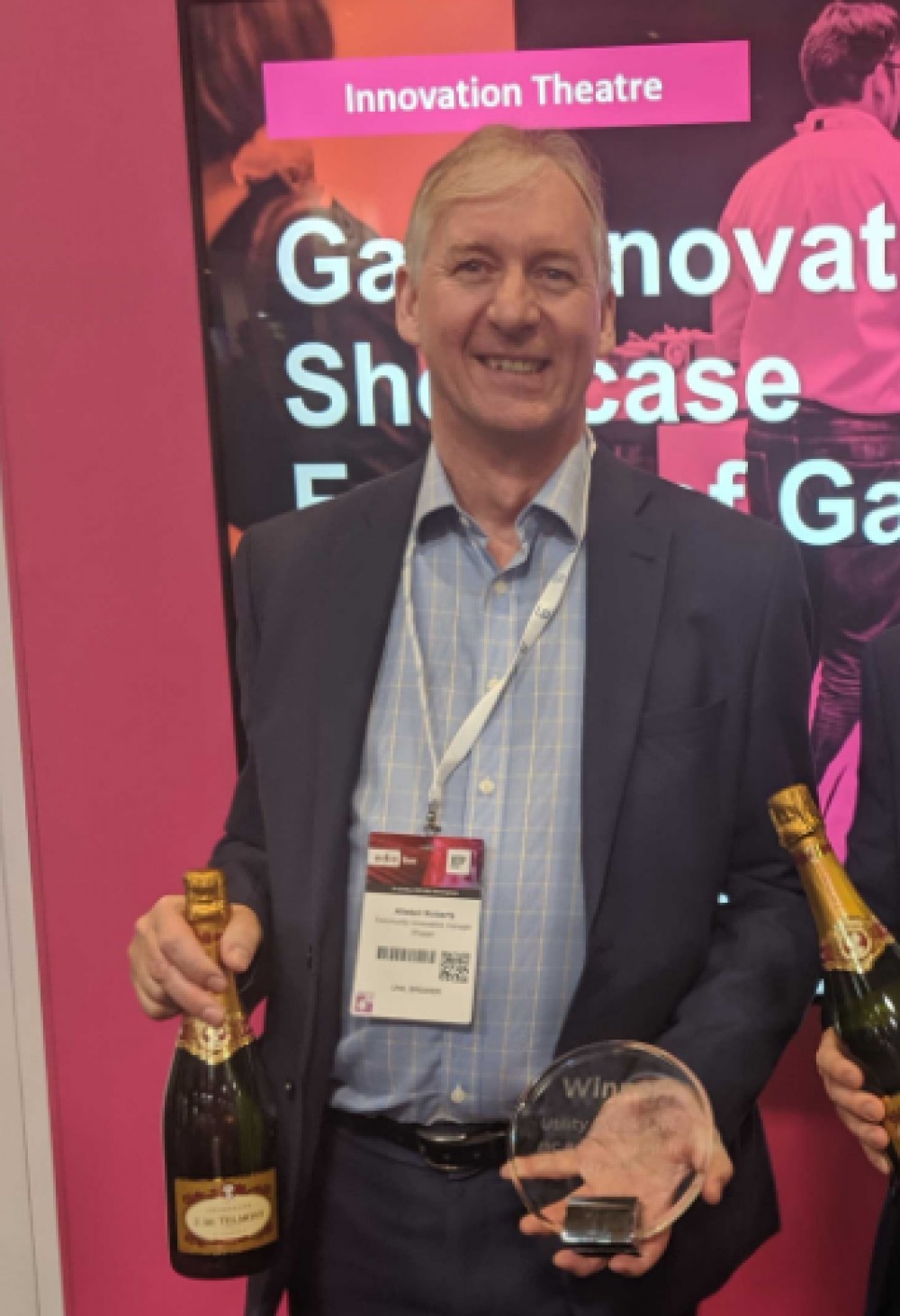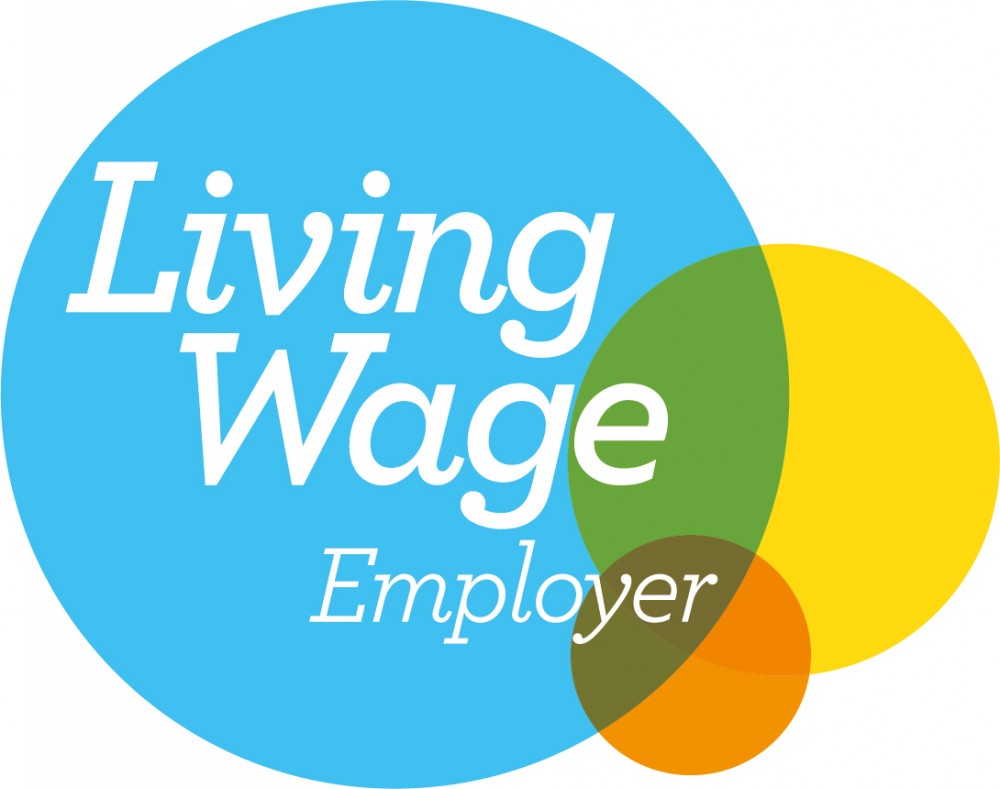Rob Sunderland, Managing Director of Digital Engineering, won the audience’s vote in the EIC’s Big Energy Pitch on day one of Utility Week Live 2019. The Big Energy Pitch is a Dragon’s Den-style event that gives SMEs the opportunity to demonstrate new ideas and technologies in front of a panel of industry experts, gaining exposure and receiving invaluable feedback on their latest innovations.
Established in 2010, and focusing their work on the transmission and distribution industry since 2015, Digital Engineering use simulation and modelling to help companies understand, mitigate and manage the impact of the weather on their business. In an interview with the EIC, Rob provides insight into Digital Engineering’s innovative overhead line asset health service and demonstrates how an SME, consisting of just ten employees, can have a big impact within the energy industry and work successfully with the networks.
How did it feel to be a winner of the Big Energy Pitch?
I was really pleased! With Utility Week Live being such a big event in the industry, it was great to take part in this opportunity provided to us by the EIC – it gave us a presence and a platform to present to key players in the industry. To win the audience vote at the Big Energy Pitch was fantastic as it really reaffirmed how valuable the experience was as a means of sharing our latest innovations and receiving recognition for the work that we are doing.
How was your experience of pitching to the judges, and what do you feel were the benefits of taking part in the Big Energy Pitch?
I think it was a good experience as it made us focus, as a business, on how we summarise our innovation. Usually, we’re so busy that we don’t really get the time to properly scrutinise how we’re talking about our product in such a controlled way. Taking part in the pitch has really improved this and given us clarity on how we describe what we are doing. It was also really valuable to get feedback from people in the industry and to boost our exposure to the networks; as a small business, one of the hardest things for us to spend money on is marketing, so being given the space to talk about what we are doing was a huge benefit.
Tell us about the innovation you pitched
The innovation I pitched was our overhead line asset health service. As weather conditions, such as high wind speeds, the build-up of ice, and fluctuating temperatures, cause overhead lines to degrade, there becomes an increased need for inspections. Our innovative service provides information about the condition of overhead line transmission assets, without having to install sensors or carry out physical inspections. We run a weather simulation on virtual models, taking into account all of these potential weather variables, to demonstrate how different overhead lines respond. We then combine this with an analysis of the weather conditions surrounding the assets over the last 30 years; this allows us to determine which overhead lines will be in worse states than others.
How does your innovation support change in the industry?
By providing a measure of the condition data, without the networks having to physically examine the assets, we can reduce the number of manual inspections needed. For example, on lines that we consider low risk, maintenance windows can be justifiably extended, saving operational expenditure. The data we have can also be used to justify extending the life of certain assets. By looking at the weather conditions in the areas surrounding different parts of the networks’ infrastructure, we can identify which is at most risk. For example, we may deem something high risk if it has seen a high incident rate of adverse weather conditions over the past 30 years. However, for some of the infrastructure that hasn’t been exposed to these conditions, there may be no risk at all. Therefore, the network might then decide that they can justify extending the life of particular assets further, resulting in huge financial benefits.
How did you establish there was a need for your innovation?
Our journey with National Grid started in 2015. We were looking at other industries that could be very weather-dependent when we had a conversation with National Grid and realised that there was potential for helping them out. With more renewable generation happening and with heat becoming electrified, the industry is becoming increasingly weather-sensitive. With the majority of the networks’ infrastructure exposed to the weather, we found there was a lot of potential for an increased understanding of how this affects the distribution and transmission industries.
After providing data for National Grid on a set of towers in 2015, they believed there was enough potential to run a trial project. From this, we did a Network Innovation Allowance (NIA) funded project with them in 2016, on a trial set of towers. The goal of this pilot study was to show that they could save money through this kind of model- it was proven they could, as the trial alone saved them a total of £20 million, from our modelling of the asset health data for 15 pylon routes. From there we developed and improved the product with National Grid and now we’ve signed an agreement to complete the whole of the transmission system in the UK.
How do you make an innovation stand out?
For an innovation to stand out, I think that you need to have established that there is a problem to be managed and that you have a proven way of doing so that is cheaper and quicker than traditional methods.
What challenges do innovators face working in the industry?
The main challenge, when it comes to developing technology in this area, is that all of the companies you are trying to sell to are, rightly and justifiably, quite conservative. As electricity and energy are so crucial, and as the networks have such a good track-record of not having any major issues, there is conservatism towards trying new things. It needs to be that way and we understand that, but it definitely serves as a challenge for new innovators coming in; you have to be prepared that innovations will be addressed quite slowly and cautiously.
However, once they are proved to work they are taken up by the networks with commitment and trust.
What advice can you give to upcoming innovators that are looking to pitch their own innovation before industry stakeholders?
I think you’ve got to make sure your pitch is simple and clear. When preparing beforehand, you should practise your pitch to somebody that isn’t familiar with the topic or directly involved in your business, in order to get some great, honest feedback on how it is being understood. One of the key things to ensure when you are presenting, is that everybody listening understands every little bit of your presentation and that there is nothing left that could be misinterpreted.
For more information on Digital Engineering and their innovative overhead line asset health service, visit:









